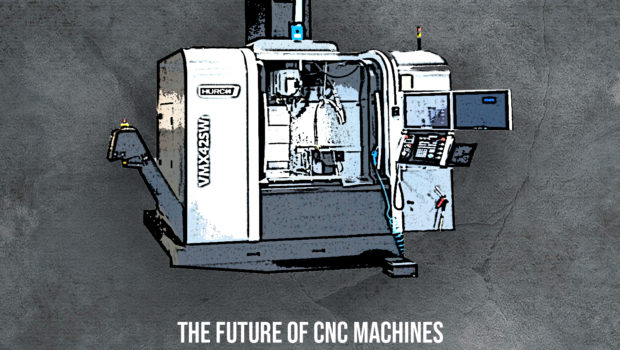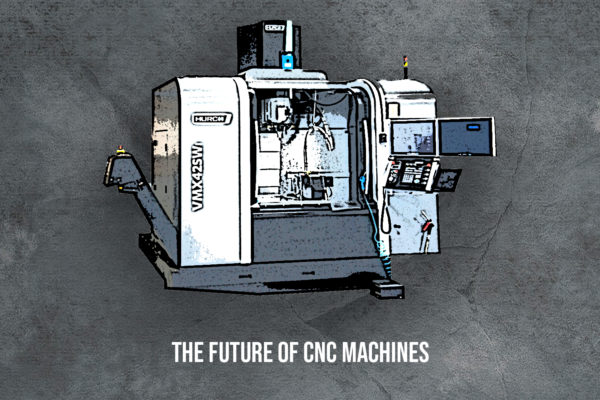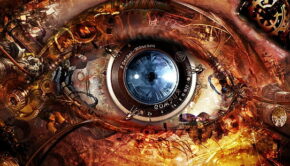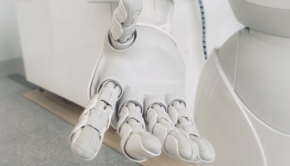Reflecting on the Past with an Eye on the Future
Summer has come to its unofficial close, there’s a chill in the air….and I’m feeling a bit nostalgic.
I’ve been working with small and mid-sized manufacturers for a number of years now as a Computer Numerical Control Machine (CNC) dealer. And in that time, I have seen some pretty impressive advances in productivity and efficiency as the capabilities of Computer Numerical Control Machines have evolved.
Yet, it seems to me that every now and then, we need to reflect on our roots in order to fully appreciate the now and embrace the future.
The guy who we all have to thank for turning the manufacturing industry on its ear – in a good way – is a fella by the name of John Parsons. He has, in fact, been dubbed the Father of the Second Industrial Revolution by the Society of Manufacturing Engineers. In the 1940s, he developed (and patented in 1958), the the first numerical machine tool control, which was the forerunner to the digital computer-control systems in use today. The technology was originally used mainly in the aerospace industry as a way to consistently manufacture precision parts for aircraft at a faster pace.
From there, a small machine tool company called Giddings & Lewis developed a numeric control machine that used magnetic tape readers in place of the previously used punch card readers. That advance resulted in the first fully computer controlled numerical control machine in 1957.
Early CNC systems were admittedly pretty down and dirty as compared to today’s machines – yet they also bear some striking similarities. Machines of both the past and present all include a command function, a drive/motion system, and a feedback system.
But don’t get too comfortable in that notion or in present day. Because if you stand still, you fall behind. And the CNC world is well into its next iteration: Pairing CNC machines with automation systems. In fact, CNC machines and automation now go hand-in-hand.
For instance, robots are more and more frequently being used for loading and other repetitive tasks and simulation software is becoming increasingly sophisticated further boosting the effectiveness of the machines and opportunity for revenue growth.
The downside is that manufacturers who have not embraced CNC machinery are falling even further behind the competition and putting their longevity at risk. While the switch to CNC machines can seem overwhelming, the potential repercussions of not adopting them are far worse. CNC machine dealers can provide the support and advice to get you up and running with the right equipment and there are a variety of industry publications and organizations to turn to for advice and support.
I enjoy my trips down memory lane and I am very proud of our rich history and the advances in manufacturing that paved the way for the U.S. to remain competitive in a global marketplace. But I also urge manufacturers to embrace the future. And that means taking advantage of a new world where modern CNC machining and automation at the forefront.
About the author:
Curt Doherty is the CEO with CNCMachines.com – an online platform that sells and buys used CNC machines to machine shops across the U.S. and Canada. The CNC machines are inspected, refurbished and cleaned so they are like new while saving many machine shops up to 60% in retail pricing.
















